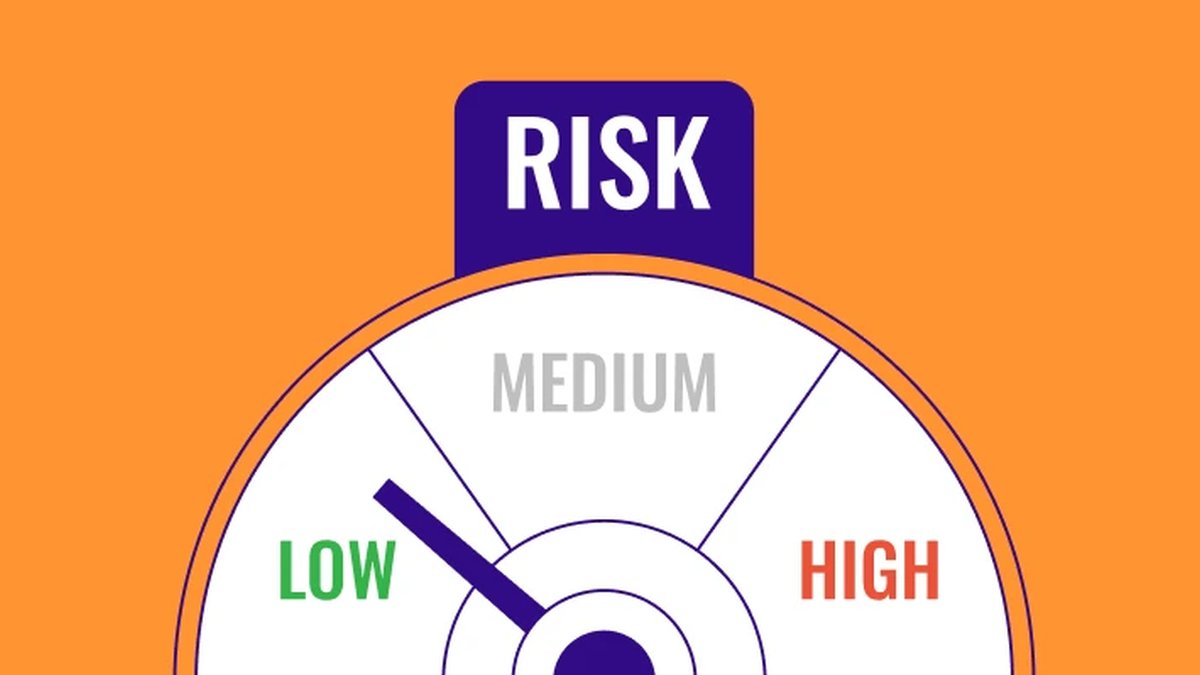Crypto Insurance Costs: Understanding Pricing Models, Coverage, and Value
As cryptocurrencies become more mainstream, investors, institutions, and exchanges increasingly turn to crypto insurance to protect against losses from hacks, fraud, or smart contract failures. But one of the most common questions is: how much does crypto insurance cost, and what determines its price? Unlike traditional insurance, where decades of actuarial data guide pricing, crypto insurance operates in a rapidly evolving, high-risk environment with limited historical benchmarks. This article breaks down the key components that shape crypto insurance costs, examines market pricing trends, and explores strategies to evaluate cost-effectiveness.
1. The Rise of Crypto Insurance
The surge in digital asset adoption—from retail traders to major institutions—has created growing demand for insurance solutions that mitigate risks associated with crypto holdings. Traditional insurance carriers, such as Lloyd’s of London and Aon, now collaborate with specialized crypto insurers and underwriters to craft bespoke policies. These policies aim to protect against:
- Exchange hacks and custodial breaches
- Smart contract vulnerabilities
- Rug pulls or DeFi protocol failures
- Operational errors or theft
But because each of these risks varies in nature, the cost structure of crypto insurance is complex and often much higher than in traditional financial products.
2. Key Factors Influencing Crypto Insurance Costs
2.1 Type of Coverage
Policies can cover different layers of risk:
- Hot wallet coverage: Typically more expensive due to exposure to online threats.
- Cold storage coverage: Lower cost, as offline storage reduces hack risk.
- DeFi protocol coverage: Highly volatile pricing due to untested smart contracts and governance risks.
- Custodial liability: For institutions managing assets on behalf of clients.
The broader and more inclusive the coverage, the higher the premium.
2.2 Security Posture
Underwriters assess the security maturity of the insured entity. Exchanges or custodians with audited code, multi-signature wallets, and compliance certifications (such as SOC 2 or ISO 27001) typically receive lower premiums. Conversely, platforms with weak cybersecurity or unverified reserves face higher rates.
2.3 Regulatory Environment
Jurisdictions with clear crypto regulations, such as the U.S., U.K., and Singapore, allow insurers to price risk more accurately. In less regulated regions, insurers factor in uncertainty, driving up costs.
2.4 Historical Loss Data
Because crypto is still young, limited actuarial data exists. Insurers rely on available breach reports, on-chain analytics, and forensic assessments, resulting in more conservative (and often higher) pricing.
2.5 Policy Limits and Deductibles
Higher coverage limits or lower deductibles significantly raise premiums. For instance, a $100 million coverage plan for a large exchange may cost millions in annual premiums, depending on scope and exclusions.
2.6 Reinsurance and Market Capacity
Crypto insurers often rely on reinsurance partners to distribute risk. However, limited market capacity for digital asset risk contributes to elevated premiums across the sector.
3. Pricing Models in the Crypto Insurance Industry
3.1 Fixed Premiums
Some insurers charge flat annual premiums based on asset value and risk exposure—similar to traditional property insurance.
3.2 Percentage-of-Assets Model
Others use a variable model, charging a percentage (typically 0.5–5% annually) of the insured asset’s value. Rates depend on security audits, risk assessments, and portfolio diversity.
3.3 Usage-Based Models
Emerging DeFi insurance platforms like Nexus Mutual and InsurAce employ decentralized models where premiums adjust dynamically based on market demand, liquidity pools, and claims history.
3.4 Staking and Governance Incentives
Some decentralized insurers reward users who stake governance tokens or contribute liquidity with discounted premiums, creating a participatory insurance ecosystem.
4. Market Benchmarks and Examples
While precise costs vary, here are rough industry benchmarks as of 2025:
- Centralized exchanges: 0.5–2% annual premium on insured assets
- DeFi protocols: 2–10% depending on code audit quality
- Custodial cold storage: 0.2–0.5%
- NFT or digital collectibles: Case-by-case pricing; often limited availability
These figures illustrate how risk complexity directly impacts cost.
5. Cost-Benefit Analysis: Is It Worth It?
For institutions managing billions in assets, crypto insurance is an essential part of compliance and investor assurance. For retail investors, the decision is more nuanced. Premiums can erode returns, especially in volatile markets, so evaluating the risk-to-cost ratio is key. Considerations include:
- Asset storage type (custodial vs. self-custody)
- Portfolio size and risk exposure
- Available policy transparency and claims process
- Alternative risk mitigation (cold wallets, multi-sig, diversification)
6. Trends Shaping Future Costs
6.1 Data-Driven Pricing
As insurers collect more on-chain data and forensic insights, premiums are expected to stabilize and align more closely with real-world risk.
6.2 Regulatory Integration
Mandated insurance requirements for licensed exchanges could expand the pool of insured entities, increasing competition and lowering costs over time.
6.3 Growth of Decentralized Insurance
DeFi-native insurance protocols are introducing competitive pricing and community-driven claims verification, which could disrupt traditional underwriters.
6.4 Institutional Demand
As more asset managers and funds enter crypto, insurers may offer tiered enterprise packages, benefiting from economies of scale.
7. Best Practices for Evaluating Crypto Insurance Costs
- Compare multiple providers and obtain quotes from both centralized and decentralized insurers.
- Scrutinize exclusions and ensure claims processes are transparent.
- Verify the insurer’s reinsurance partners and regulatory status.
- Assess the total cost relative to asset exposure and potential loss scenarios.
Conclusion
Crypto insurance costs reflect the evolving balance between innovation, risk, and trust in the digital asset ecosystem. While premiums may seem high compared to traditional finance, they represent a crucial safeguard in a volatile and often unpredictable market. As the industry matures, we can expect more standardized pricing, transparent coverage, and greater accessibility—empowering investors to make informed, cost-effective decisions for protecting their digital wealth.
Further Reading and Resources
Crypto Insurance | Crypto | Crypto Exchanges
Frequently Asked Questions
What determines the cost of crypto insurance? Premiums depend on coverage scope, asset type, security maturity, jurisdiction, and historical risk data.
Is crypto insurance worth the cost? For institutions and large holders, yes—coverage enhances trust and compliance. Retail users should weigh cost against risk exposure.
Are decentralized insurance platforms cheaper? Often, yes—but they may carry liquidity and governance risks, requiring due diligence.
Will costs decrease over time? As data and regulation improve, market competition should gradually reduce premiums.







